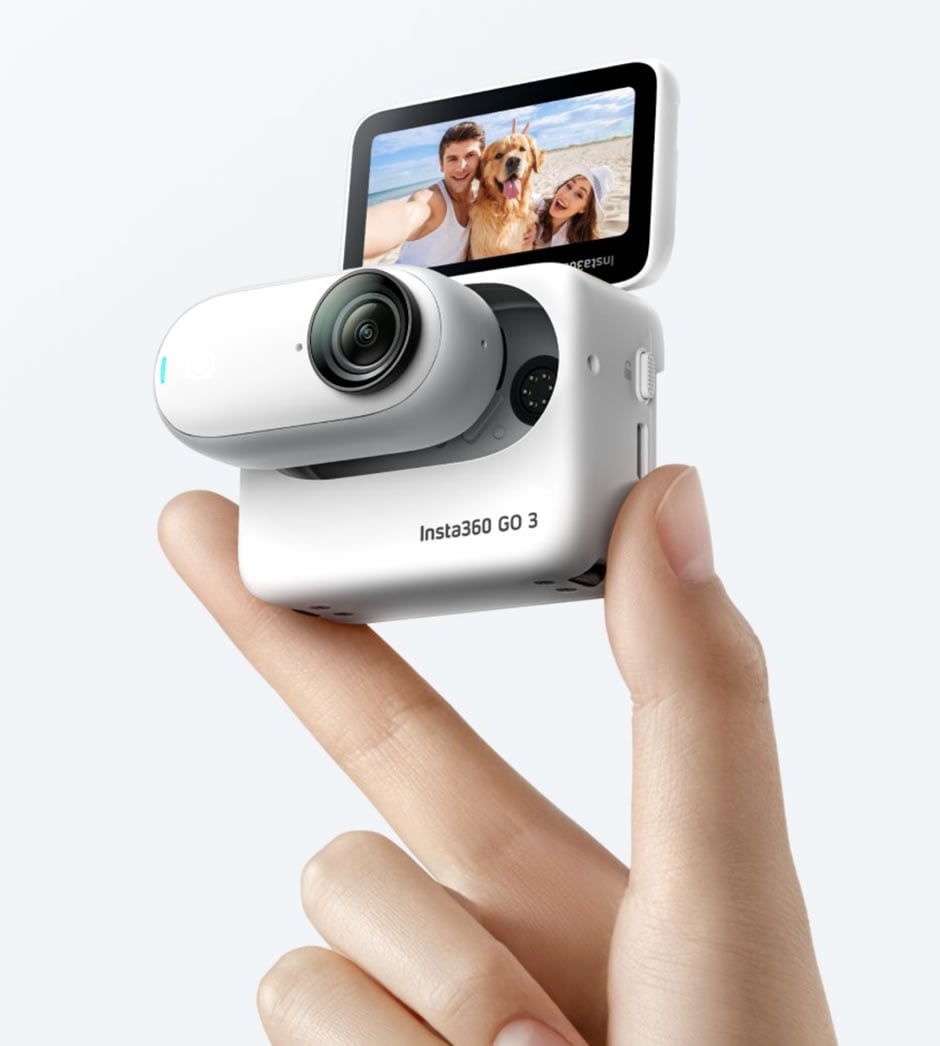Component Compatibility Pitfalls!

Win a GO3 Camera by Insta360 this issue in our FREE subscriber prize draw.
Ever wondered about building a custom mountain bike? Well, there’s a lot to it, and here’s Jeff Kendall-Weed to show you the dos and don’ts of building a dream bike, as well as going over some of the potential pitfalls to avoid when choosing components for a modern trail bike.
Step 1: pick your frame- and if you’re doing a custom build, get something nice. Typically, frames will be sold with a rear shock already fitted, which is a great thing, and the tune to that shock will often have some degree of customization.
Step 2: most modern mountain bike forks will be a 1.5 tapered, and fork travel is generally within ~20mm of the frame’s travel. This bike is a 153mm travel frame and I’m using a standard 160mm Fox 36 RC2 fork. Pitfall!!! If you happen to have a straight steerer fork, there are simple adapters that will allow them to fit a 1.5 Tapered frame, and you can fit a 1.5 Tapered fork into a 1.5 straight head tube frame, but you cannot put a 1.5 tapered fork into a 1 1/8” straight steerer frame.
Step 3: Choose your headset, and utilize the fit guide from your frame manufacturer to be sure you have the right configuration for your bike. PITFALL!!! Some frame brands do mix and match headset sizes depending on the various models.
Step 4: select stem and handlebar. 1.5 tapered forks use a 1 1/8” stem.
Step 5: select your wheels. For best results, use the wheel size that is intended for your frame. Pitfall! Various hub sizes exist. Most modern frames are “Boost 148mm” in the rear, though some are “Super Duper Boost 157” and some older designs are still 142×12. Specify the rear hub width as needed for your frame. Front hubs will generally be either Boost 15mm x 110mm, 15mm by 100mm, or old school 9 x 100mm. Many older, or more free ride set ups, are a 20x110mm front axle.
Second pitfall! not all hubs can be adapted to work with all available widths. Double check the sizes you’ll need. Final pitfall, be sure you’re ordering the free hub you’ll need: either a Shimano 9/10/11 speed, a SRAM XD driver, or a Shimano 12 speed mountain.
Step 6: decide which drivetrain you want to use. Be sure your free hub matches, and that the front chainring isn’t too large for your frame. Be sure the shifter, derailleur, chain, cassette, chainring, and crankset are all designed to be used with the same type of system- either 9, 10, 11, 12 speed. Pitfall! Avoid mixing and matching components intended for differing drivetrain types.
While I think these are a necessity, I am in the minority here- If you’re running a chain guide, be sure you have the ISCG adapter for your frame. Some brands require these to be purchased separately.
Step 7: Modern bikes use dropper seatposts. PITFALL! Get that diameter correct! While the difference between 31.6 and 30.9 might not sound like much, it’s significant. Be sure you order the diameter specific to your frame. Also, pay attention to whether you need an internal or external routing. Posts usually do include levers.
PITFALL: The problems that you can have, though, are either that seat tubes just don’t allow for much insertion depth, or that bikes with big wheels can allow the rear wheel to hit the saddle at bottom out. Just because you want to run a 170mm dropper on your size small 29er doesn’t mean that set up will actually clear at bottom out. Read the recommended dropper specs from the website of your frame supplier.
After all these PITFALLS, are you ready for a breath of fresh air? Pedals, grips, saddles, and tires are all refreshingly standardized- for now.
My Mojo HD4 build! All links go to Jenson USA, a sponsor of mine:
Mojo HD4 frame: http://bit.ly/2EVmZsQ
Fox Factory 2019 DPX2 Shock: http://bit.ly/2wtinU8
Fox 36 160 fork: http://bit.ly/2EWbmlA
Cane Creek 110 upper headset cup: http://bit.ly/2ERj7Zi
Cane Creek 110 lower headset cup: http://bit.ly/2ETGu4x
PNW Range 45mm stem: http://bit.ly/2SoZ1cC
PNW Range handlebar: http://bit.ly/2AjA7nT
PNW Bachelor 170 dropper (Ibis uses a 31.6mm diameter): http://bit.ly/2SobOMF
WTB Silverado Team saddle: http://bit.ly/2yEgOoA
WTB Tech Trail grips (non-clamp version): http://bit.ly/2SjM3Nn
Shimano XT M8000 Shifter: http://bit.ly/2SphFkK
Shimano XT M8000 derailleur (long for 11-46t cassette and DW link): http://bit.ly/2ERjBP6
Shimano XT M8000 cassette (11-46t): http://bit.ly/2SqXMd2
Shimao XT M8000 cranks (170 or 165mm): http://bit.ly/2Amirb4
Shimano XT M8000 chainring (34t): http://bit.ly/2SiNTOu
Ibis 742 wheelset with I9 hubs (Shimano freehub): http://bit.ly/2ESftiG
WTB Vigilante (2.5 Light/High Grip Tri-Tec) tire: http://bit.ly/2x670C8
E*Thirteen LG1 chainguide: http://bit.ly/2ESf0wN








